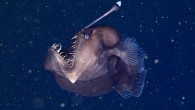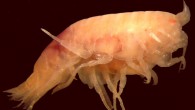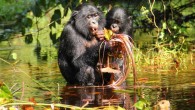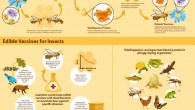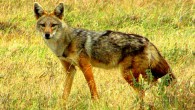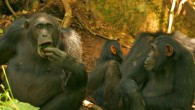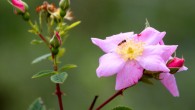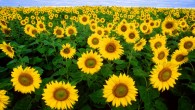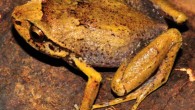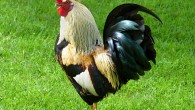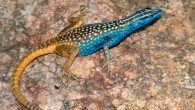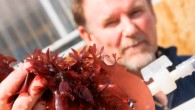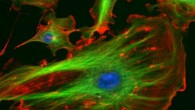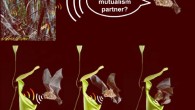The larvae of the parasitic wasp Reclinervellus nielseni turn their host spiders Cyclosa argenteoalba into drugged navvys, to modify the web structure into a more persistent ‘cocoon’ web so that the larvae can pupate safely on this web after the spider’s death, according to a team of scientists led by Dr Keizo Takasuka of Kobe University in Japan. Types of web constructed by Cyclosa argenteoalba, from left, clockwise: normal orb web; resting...


